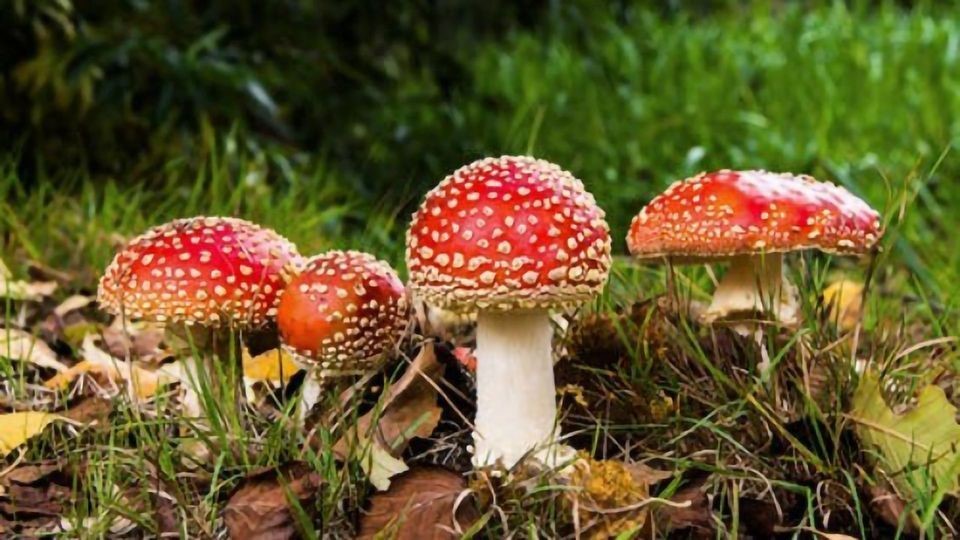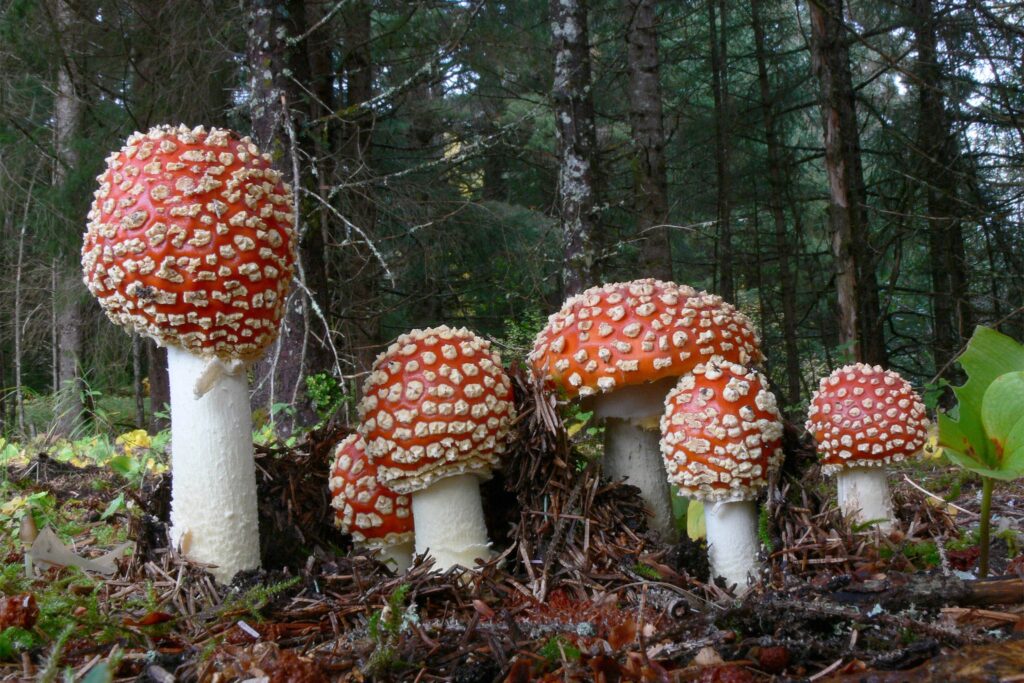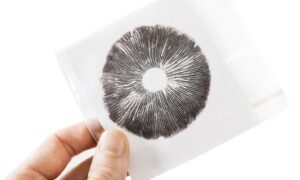
How to Identify Amanita Mushrooms: Tips for Amateur Mycologists
The mysterious Amanita genus is probably known to everyone who has ever entranced the fascinating world of mushrooms. Amanita mushrooms have always intrigued and perplexed amateur mycologists because of their revered look and fascinating life cycle.
These mushrooms have appeared in innumerable folklore stories, artistic depictions, and even popular culture because of their distinctive red crowns with white spots. Although some Amanita species are edible and tasty, others can be fatally toxic, so beware of their enticing look.
So, get to know the fantastic world of Amanita mushrooms, where wonder, beauty, and danger coexist. But remember that education and prudence are your best partners in this endeavor since a mistake can have serious repercussions, even though there are many benefits to finding these fascinating fungi. Let’s reveal the mysteries of the Amanita mushrooms that adorn the woodland ecosystems and forest floors around us.
Table of Contents
ToggleTypes of Amanita Mushrooms

There are several hundred species of mushrooms in the genus Amanita, which belongs to the family Amanitaceae. Amanita species can be toxic to people in some cases. Amanita mushrooms come in the following varieties:
Amanita Muscaria
Fly agaric, commonly known as Amanita muscaria, is a deadly fungus that can be found in meadows and pastures during the summer. It was initially employed as a fly poison and is psychedelic.
Amanita Phalloides
One of the deadliest fungi is Amanita phalloides, the death cap. It develops in the summer or the beginning of fall and has a green or brown crown.
Amanita Pantherina
Amanita pantherina, sometimes called panther mushroom or panther cap, is a hallucinogenic fungus used for entheogenic purposes by Siberian, European, and Asian populations for centuries.
Amanita Verna
The deadly toxic fungus Amanita verna, popular as fool’s mushroom, is widespread in southern Europe.
Now, let’s discuss what key factors will help you identify the types of amanita mushrooms.
Key Identifying Factors to Identify Amanita Mushrooms
Amanita mushroom identification involves examining several physical characteristics, including cap, gills, stem, ring, volva, and overall environment. Note that accurate mushroom identification can be challenging and that before ingesting any wild mushrooms, it is essential to cross-reference many trustworthy sources and speak with knowledgeable mycologists.
Caps
Amanita mushrooms are known for their unusual caps, which generally have a smooth surface that might be convex, flat, or slightly depressed. Species can have various cap colors, including white, yellow, red, brown, and green. There are distinctive white dots or patches on the cap of several Amanita species.
Gills
The gills, which are the slender, radiating structures on the underside of the cap, should be examined. The gills of amanita mushrooms are usually free, which means they are not joined to the stem. They frequently have a white or cream color; they have bruises or change color when hurt.
Stem
An Amanita mushroom’s stem might offer helpful identifying hints. It frequently has a distinct ring (annulus) surrounding it and is typically central and cylindrical. Different Amanita species may be distinguished based on their color, texture, and existence of any bulbous base (volva).
Ring (Annulus)
The ring, also known as the annulus, is a piece of the partial veil that covers the young mushrooms’ gills. It usually appears on the top stem portion and may be mobile or set in situ. The annulus’ existence, absence, and appearance can be used to determine the species.
Volva
At the base of the stem is a structure known as a volva that resembles a cup or sack. It is a crucial characteristic for identifying many Amanita species. The volva’s size, shape, and color vary greatly depending on the species.
Spore Print

Taking a spore print might be a crucial step in the identification process. To do this, leave the cap on paper or a glass overnight with the gills facing down. The color of the spore print, which can range from white to different tones of brown, can help identify distinct species with similar appearances.
Habitat and Geographic Location
Pay attention to the ecosystem, including the kinds of trees, soil, and environmental circumstances where the mushroom was discovered. The ecological preferences and geographic ranges of various Amanita species vary.
You can consider these characteristics while identifying the variety of amanita mushrooms. Now, we have some practical tips that will help you in the identification process.
Practical Tips to Identify Amanita Mushrooms
Identification of Amanita mushrooms can be fun and challenging for a beginner mycologist. The following tips will give you a head start on your quest to confidently and cautiously identify Amanita mushrooms:
- Invest in trustworthy field guides specialized to mushrooms and fungi, especially those with Amanita species, and study them. To help with correct identification, these guides frequently include thorough descriptions, diagrams, and pictures.
- Pay attention to the more prevalent Amanita species in your area to start. Before exploring rarer or more poisonous species, get well-versed in their identification.
- Pay particular attention to the cap’s color, texture, and form. Look for distinctive patterns, spots, or patches since these characteristics might offer important identifying hints.
- Determine the gills to see whether they are free or linked to the stem. Take note of the color, the spacing, and any color alterations due to damage. Look for an annulus (ring) on the stem and any traces of a volva at the base.
- To make a spore print, gather a ripe mushroom and place the cap and gills on paper or glass for the night. The candidate species may be reduced using the spore print color.
- Contact an experienced mycologist for advice if you come across an Amanita mushroom that is exceptionally difficult or unfamiliar. It is advisable to be careful and have an authority on the issue confirm your identity.
- Amanita mushrooms come in various edible levels, from delightful and edible species to extremely lethal ones. Only eat a mushroom if you are positive of its identification to the farthest degree.
Conclusion
In conclusion, the mysterious world of amanita mushrooms invites novice mycologists with its alluring beauty and mysterious perils. With this information, you can start a fruitful voyage of identification and research. To prevent potential hazards, check trustworthy field guides, cross-reference several sources, and ask professional mycologists for advice. Since correctly recognizing Amanita mushrooms is a vital skill that protects your safety and the preservation of these unique fungi, caution should always be taken.


